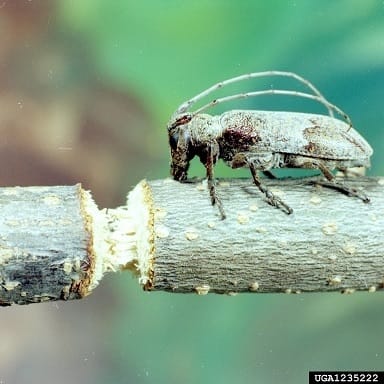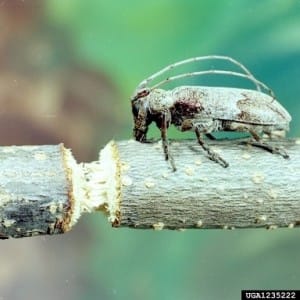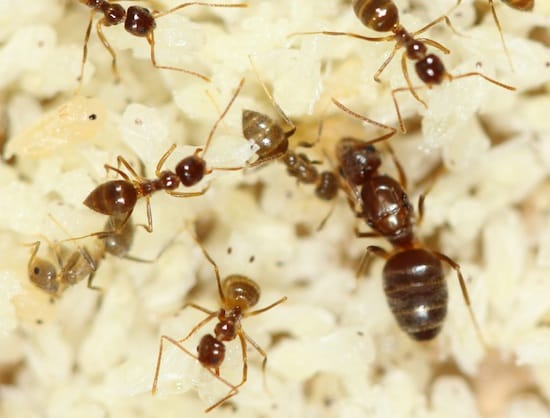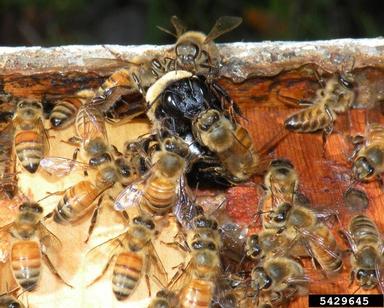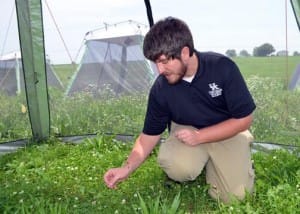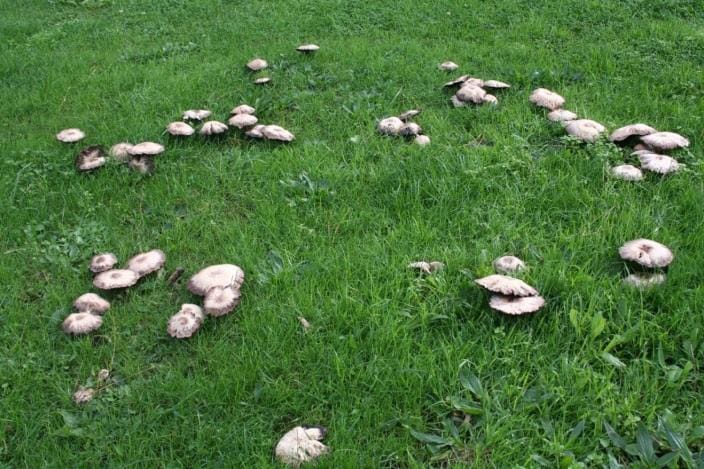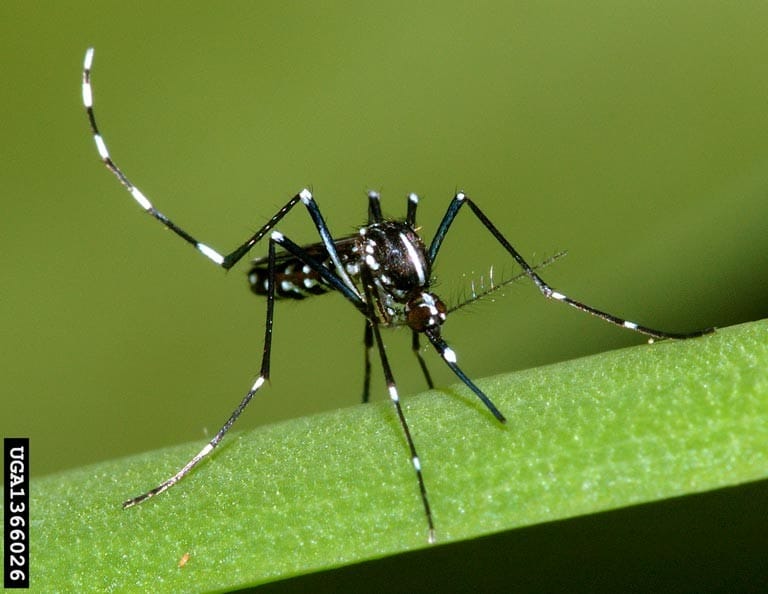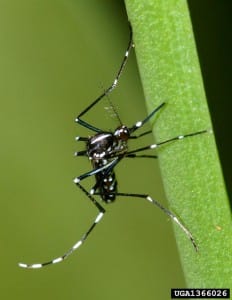Article taken from the the GUFC Tree Talks Newsletter.
The Georgia Forestry Commission (GFC) has been allocated Urban and Community Forestry funding from the U.S. Forest Service to help communities in Georgia develop effective, sustainable community forestry programs. This funding has been used to initiate a Circuit Rider Arborist Project which, in partnership with the Georgia Urban Forest Council, will provide the services of an International Society of Arboriculture (ISA) arborist to communities wishing to develop or broaden their community forestry program.
Some of the services to communities may take the form of:
- Meeting with community officials to promote the benefits of an effective community forestry program.
- Providing technical expertise and professional advice on tree management issues and activities.
- Writing, revising or evaluating tree ordinances.
- Developing effective, efficient tree boards.
- Working with current Tree City USA communities to strengthen and improve their community forestry programs.
- Encouraging and working with communities to become a Tree City USA, by providing assistance and guidance with completing required paperwork.
- Developing a management or storm mitigation plan.
- Creating partnerships with municipal officials, community organizations and residents that bring resources to a municipality’s community forestry program.
- Organizing Arbor Day events and other educational opportunities.
- Training work crews and volunteers on proper planting, pruning, and other tree care Best Management Practices.
- Encouraging communities to employ services of an ISA certified arborist. This may entail conducting workshops to prepare city workers or tree board members to take the ISA Certified Arborist exam.
- Using inventory software to evaluate the economic and environmental benefits of a community’s urban forests.
- Conducting regional roundtables on topics of interest to multiple communities.
- Directing communities toward existing educational and arboricultural resources.
Services are free to communities, but are available on a limited basis to ensure that all communities that want to participate can take advantage of this opportunity. Communities are being asked to provide staff and volunteer time to work on selected projects with the Circuit Rider Arborist. This program is currently funded through May 2014.
For more information see the original article.

